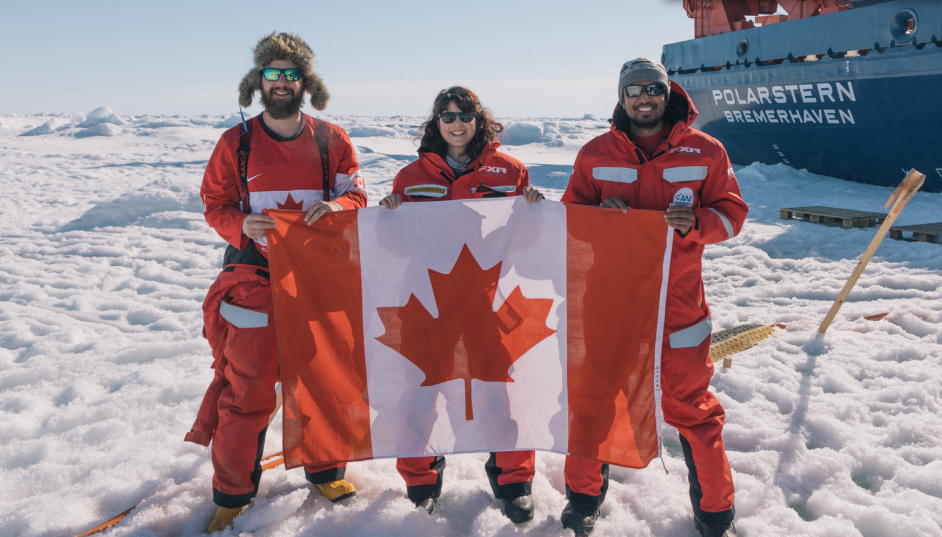A Grande Prairie man is looking to piece together more data to better predict climate change models. Dr. Benjamin Lange set out to the Arctic Circle to study sea ice ridges, and participate in the Norwegian contribution to the German-led MOSAIC Expedition.
MOSAIC is the largest polar research expedition in history. The German research icebreaker, Polarstern, set sail in September 2019. The idea was to freeze the ship into the sea ice, trapping it for a year, while exchanging researchers every few months.
Lange says he was the sole Canadian brought aboard during his leg of the expedition, which is bringing together hundreds of researchers from across 20 countries. His contribution to MOSAIC began in TromsØ, Norway, which also serves as his current home base.
“It took about a month to get up there because of quarantine and transit time and ice conditions. I was on the main research vessel in the ice for two months, and then another almost month to come back,” he said.
Out on the ice, Lange says the teams, having bonded during their time in transit, would work 12 to 15 hour days on the ice. He adds conditions for his team were favourable during their leg.
“We were very fortunate that the weather and the polar bears allowed us to be on the ice every day,” he says. “My focus is on the sea ice, so I spent a lot of time drilling the ice, taking ice cores, processing the ice cores, and using remotely operated vehicles to dive under the ice and explore.”
Lange says there is nothing definitive at the moment from his research, but the team did have the opportunity to observe accumulating and refreezing freshwater, and snowmelt, among other variables. He attributes being able to capture these observations to the extended period of time the team was on site.
“This has a lot of important implications for the climate, the ice mass balance, so how much ice has frozen and melted over the year. It also influences the survivability of the ice, and, on top of that, the ecosystem,” he explains. “You have seawater and then you have freshwater and all the animals are adapted to certain types of water, and if you get a lot of that freshwater coming in, it can have a lot of different influences on the communities there.”
He adds, hesitantly, he is currently putting the pieces together for a couple of different scientific publications. He hopes to see his first paper written of the expedition published within a year, and one or two more to come down the line.




